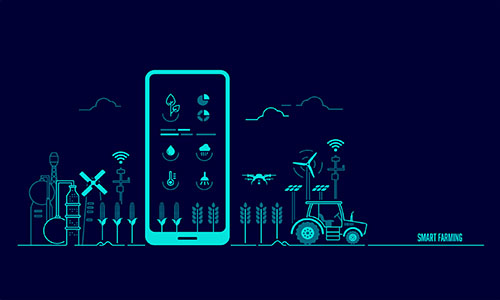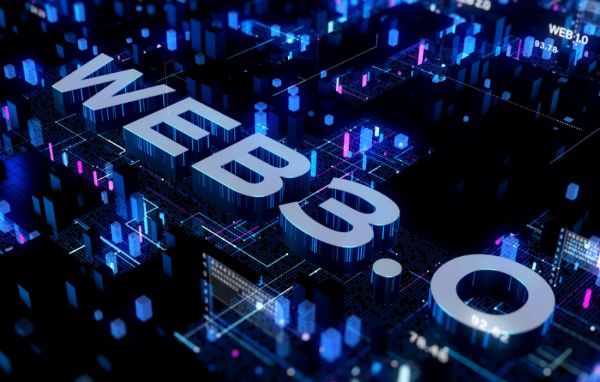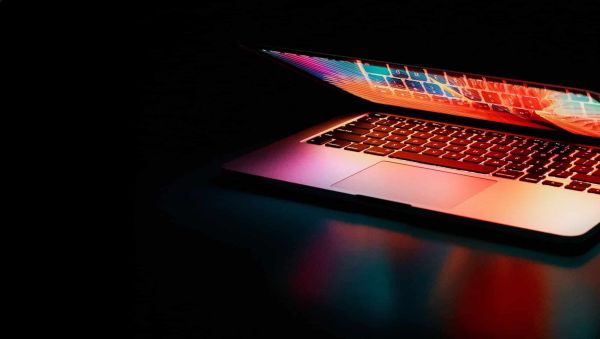In today’s fast-paced business environment, having a strong brand identity is essential for any company. A well-designed logo can play a key role in creating this identity and establishing a business’s image in the minds of consumers. In this article, we will explore the principles of logo design and the steps involved in creating an effective logo that represents your brand.
What is a logo, and why is it important?
A logo is a visual representation of a brand. It is a design element that is used to identify a business or organization and to differentiate it from its competitors. Logos are used on a wide range of materials, from business cards and websites to billboards and packaging, and they play a crucial role in establishing brand recognition and loyalty.
A well-designed logo can help to create a positive first impression, convey the values and personality of a brand, and communicate its message to potential customers. A memorable logo can help to build brand loyalty and recognition, making it an essential part of any brand strategy.
The principles of logo design
Effective logo design requires a clear understanding of the principles of design. These principles include simplicity, balance, unity, contrast, and proportion.
Simplicity: A simple logo is easier to recognize and remember. It should be easy to identify and understand, even at small sizes.
Balance: A logo should be visually balanced, with all elements positioned in a way that is aesthetically pleasing to the eye.
Unity: All elements of a logo should work together to create a cohesive and harmonious design.
Contrast: The use of contrast can help to create visual interest and make a logo stand out. This can be achieved through the use of color, size, and shape.
Proportion: The size and placement of the elements in a logo should be carefully considered to create a visually appealing design.
Steps in logo development
- Research: Before starting the design process, it is important to research the company, its competitors, and the target audience. This research will help to identify the values and personality of the brand and the needs and preferences of potential customers.
- Brainstorming: The next step is to generate ideas for the logo design. This can be done through brainstorming, sketching, or creating a mood board to explore different visual styles and concepts.
- Conceptualization: Based on the research and brainstorming, the designer can begin to develop initial concepts for the logo design. These concepts should be presented to the client for feedback and further refinement.
- Refinement: Once a concept has been chosen, the designer can refine the design through multiple iterations. This may involve tweaking the color, typography, and other elements to achieve a final design that best represents the brand.
- Finalization: Once the logo design is finalized, it is important to test it in a variety of contexts to ensure that it works well across different media and at different sizes.
Conclusion
A well-designed logo is an essential part of any brand identity. It should be simple, balanced, unified, contrasting, and proportional. The logo development process involves research, brainstorming, conceptualization, refinement, and finalization. By following these principles and steps, you can create a successful logo that represents your brand and sets it apart from its competitors.










